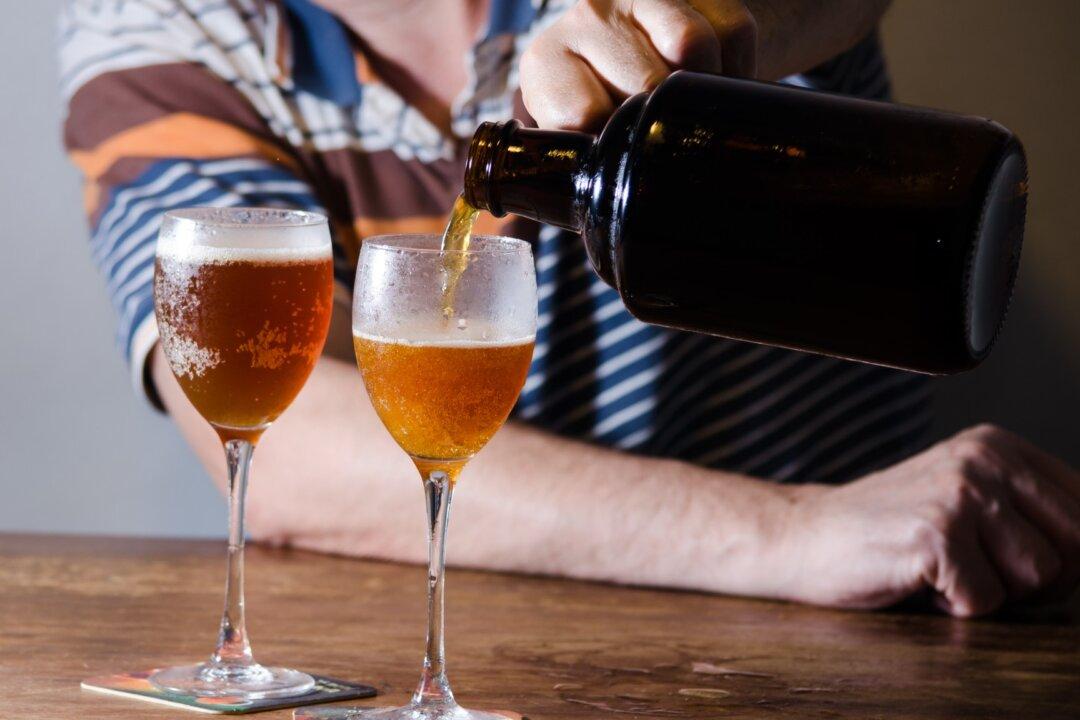You may not have realized it, but Prohibition didn’t entirely end in 1933: Brewing your own beer also became illegal under the constitutional ban, but the practice wasn’t made legal when commercial sales of alcohol resumed. Actually, you can thank Jimmy Carter for your homebrew, and, in turn, the craft brewing industry.
California Sen. Alan Cranston worked homemade beer into a transportation bill in 1978, and when President Carter signed HR 1337—and when the law went into effect Feb. 1, 1979—it was game on for homebrewers. (Well, legally, anyway, and according to the Feds. On the state level, Mississippi and Alabama didn’t sign on with the idea until 2013.)





